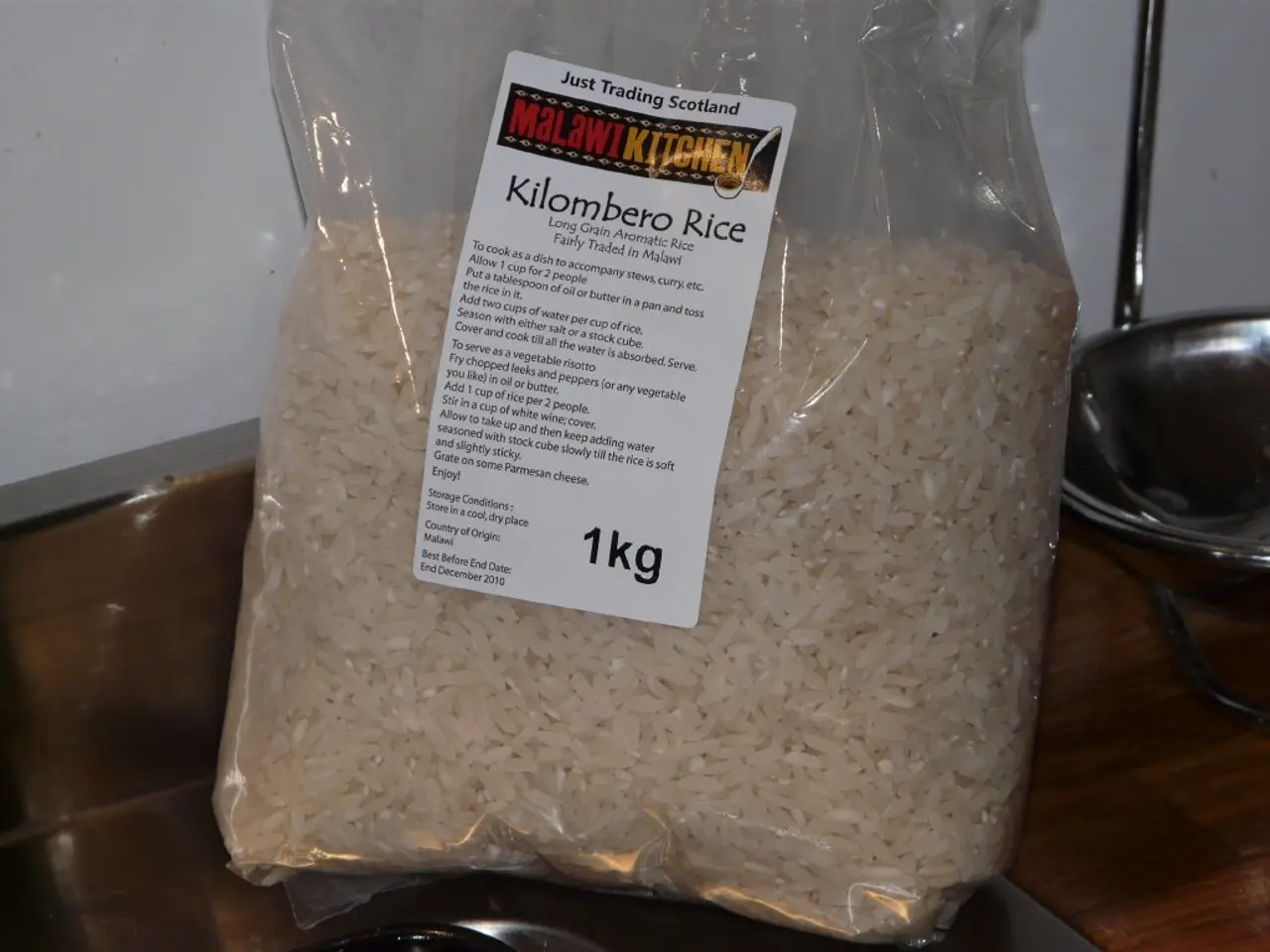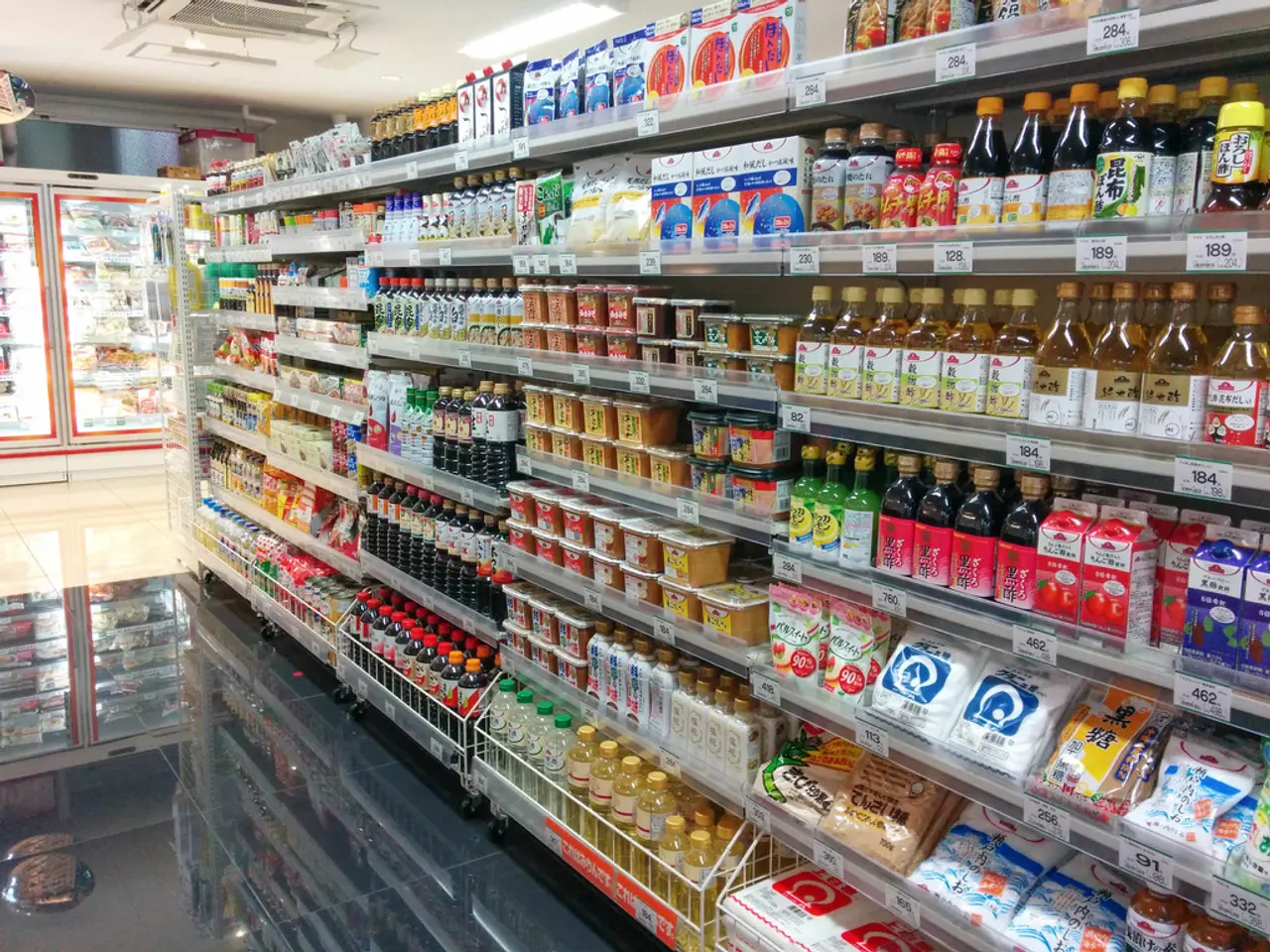Amidst Tariff Escalations, Japanese Market Witnesses a Surge in Private Rice Imports due to Cost-Effectiveness
Japan has witnessed a significant surge in private rice imports from the United States, with the ratio of US rice imports increasing to over 70% in May 2025. This shift in the rice market can be attributed to a combination of economic and market factors, as well as tariffs and trade agreements.
Economic and Market Factors
Surging Domestic Rice Prices
The price of domestically produced rice has significantly increased due to supply shortages, making foreign rice, despite tariffs, a more competitive option for consumers. This has driven demand for cheaper alternatives from abroad.
Government Policies and Market Dynamics
Initially, an auction system for releasing stockpiled rice was blamed for further inflating domestic prices. However, the government later switched to direct contracts with retailers, which has helped stabilize prices temporarily.
Trade Agreements
The recent trade deal between the U.S. and Japan has facilitated market access for U.S. rice, potentially increasing imports.
Tariffs and Import Volumes
Tariffed Rice Imports
Private imports of rice outside the minimum access quota are subject to a high tariff of ¥341 per kilogram. Despite this, imports have surged as foreign rice becomes more competitive.
Increasing U.S. Share
The ratio of U.S. rice imports to total imports has increased significantly in 2025, especially in May when it surpassed 70%. This shift reflects both market conditions and trade developments.
Impact on the Domestic Rice Market
Market Adjustments
The surge in cheaper imported rice has forced domestic rice prices downward, providing relief to consumers. However, this could also impact domestic rice producers negatively by reducing their market share and revenue.
Consumer Behavior
With rising costs, some consumers and businesses are switching to alternatives like noodles, as evidenced by changes in food companies' purchasing habits.
Economic and Social Implications
The significant increase in rice prices has contributed to higher inflation rates in Japan. Despite recent reductions, the trend may continue if domestic rice prices remain high. The government must balance domestic rice producer interests with consumer demand for affordable staple foods, potentially leading to policy changes to stabilize the market.
Future Outlook
The trade deal between the U.S. and Japan could further increase U.S. rice imports, potentially stabilizing prices and affecting domestic rice production strategies in Japan. However, sustained high prices for newly harvested rice could lead to renewed import surges if domestic supply remains constrained.
- In spite of the high tariff on imported rice from outside the minimum access quota, the allure of cheaper alternatives has led to a surge in demand for foreign rice, such as US rice, due to the economic factor of increased domestically produced rice prices.
- The camera flashes of a booming 'photo' session might soon capture a transforming 'culture' in Japan's agricultural 'industry', as the economic implications of rising rice prices and increasing imports have the potential to reshape traditional farming practices and ensure a steady supply of affordable rice for consumers – all thanks to the impact of trade agreements and market dynamics.




